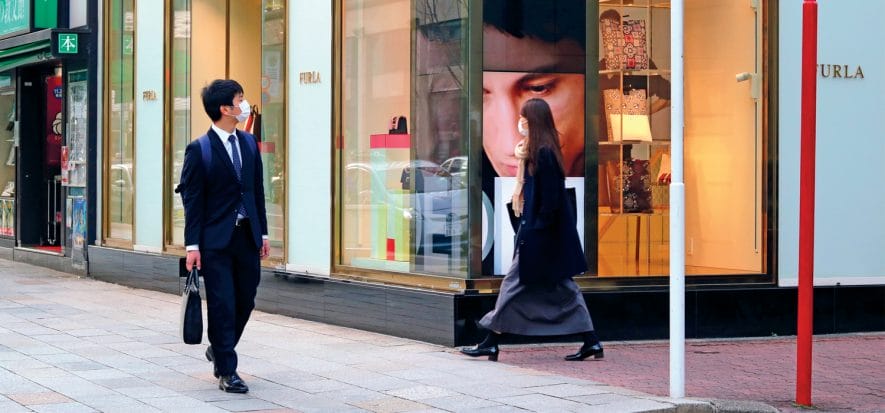There are some positive signals, such as the “resilience of the accessories segment” and the liveliness of Chinese consumers. But that’s pretty much it. Brands can’t count on revenge spending too much: no V-shaped recovery seems to be taking place, while a quicker bounce-back was expected. The Coronavirus pandemic left the luxury industry in crisis: global revenue for 2020 is expected to be somewhere between -20% to -35%. It will take 5 years for the segment to get back to the consolidated path it was on preCovid-19, or at least that’s what’s believed by Altagamma Monitor Update, a webinar during which Altagamma and Bain & Company, in collaboration with other partners, presented the forecasts of the luxury industry updated at the time of Covid-19.
The crisis’ numbers
2019 had ended with 281 billion euro in turnover, for the whole segment, equal to +4% on yearly base. The Coronavirus completely offset the earlier forecasts for 2020. The 2nd quarter believes Bain, will likely have a -50% to -60% performance, while the year as a whole, based on the movement of the pandemic, will have a performance of between -20% to -35%, or between 180 and 220 billion euro total. As 2021 will likely be another arduous year, pre-crisis volumes will be reached once more between 2022 and 2023 (275 – 285 billion). Lastly, to get back to the earlier-forecasted growth path, interrupted by the lockdown, the calendar date that should be marked is 2025 (320 – 340 billion euro).
No V-shaped recovery
Goodbye to a quick recovery then. “When in 2009 the segment suffered because of the financial crisis, the quick recovery was made possible by the booming Chinese market – explains Claudia D’Arpizio (Bain) -. This factor allowed brands to compensate for the difficulties in Europe and the United States, as they had invested a lot on the People’s Republic. The first quarter of 2020, marked by the lockdown and social distancing, has already put the luxury industry’s performance in a -25% revenue result. It’s not plausible to hope that China alone will help the recovery: Beijing will become even more central for business dynamics, but it can’t keep up the system by itself. “The country is sending positive signals.
Not exactly of revenge spending, which is a term I don’t quite like, but of being open to consuming – continues D’Arpizio -. Different from the rest of the world, where the virus hit large cities such as Milan, Madrid and New York, the virus in China didn’t involve the main metropolis. Thus, the effect on consumers’ psychology has been different. Chinese consumers already are the 1st market for luxury goods. As the restrictive travel measures are imposed, their consumption will become even more domestic”. China then, is likely to become the geographic center of business as well.
Positive signs
There are some positive signs. According to Consensus Altagamma, for example, leather goods and footwear categories (respectively -16% and -17%), will suffer a milder crisis than the clothing segment (-21%). Bain agrees with the assessment, as they see accessories as a “resilient product category”. Why? Because they have a very wide price range and a large part of consumers are interested in them. They are also better suited to be sold online.
The digital element is one bring comfort as well. The crisis, in many ways, has been a driver for the transformation taking place. E-commerce already supplied important results (+16% according to Consensus Altagamma), even during this challenging time: because many brands and platforms, during quarantine, were forced to close down their warehouses and had challenging with logistics. The channel, when at full speed, can do nothing but better than that.
Focus on product
The many changes don’t just have to do with distribution and client relations, but with the whole industry. “Luxury as a segment has had experiential growth – points out Federica Lovato (Bain) -. The Coronavirus effects are now shifting the focus, which is now on product and pricing”. The consequences go up the chain: “Supply chains will need to be more flexible, glocal and sustainable – she concludes -: production volumes will decrease, but the value will increase and with 0 environmental impact”.
Read also:











